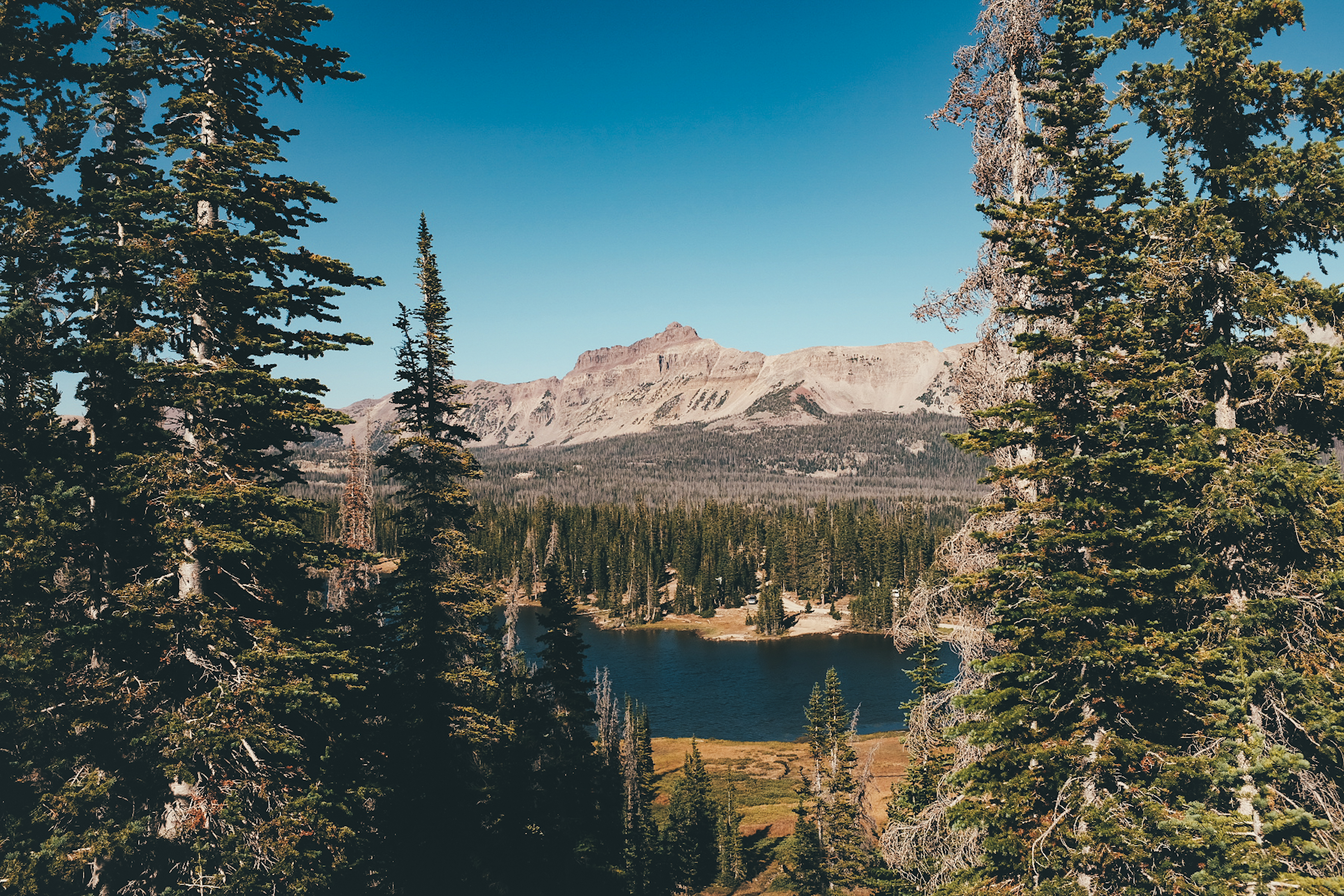The practice of soldiers painting their faces holds a mystique that transcends the battlefield. It is a tradition that has deep historical roots and serves practical purposes in modern warfare. In this blog post, we delve into the intriguing world of soldier face paint, uncovering the reasons behind this age-old practice.
Soldier Face Paint: Why Do Soldiers Use War Paint on Their Faces?
The application of Soldier Face Paint or camouflage on a soldier’s face serves several vital purposes:
- Camouflage: The primary objective is to blend seamlessly with the environment, making it difficult for the enemy to spot the soldier. War paint helps break up the human silhouette and provides effective concealment in different terrains.
- Psychological Advantage: Face paint can be a psychological tool. It instills a sense of warrior spirit, camaraderie, and purpose among soldiers. It reminds them of their mission and their commitment to their unit.
- Tradition and Identity: In many armed forces, the practice of Soldier Face Paint is deeply rooted in tradition and identity. It’s a symbol of belonging to a particular unit or regiment and connects soldiers to their heritage.
Why Do Soldiers Paint Under Their Eyes?
Painting under the eyes, often referred to as “raccoon eyes,” has specific tactical advantages:
- Glare Reduction: The dark paint under the eyes helps reduce glare from the sun or artificial light sources. This is crucial for maintaining visibility, especially during nighttime operations.
- Minimized Light Reflection: The skin under the eyes is sensitive and reflective, making it prone to reflecting light. The dark paint minimizes this reflection, preventing the enemy from spotting the soldier.
- Enhanced Focus: Soldiers need to maintain their focus and concentration during combat. The application of paint under the eyes can help reduce distractions caused by glare.
Why Do Soldiers Wear Camouflage?
Camouflage is an integral part of a soldier’s gear, and it goes hand in hand with face paint:
- Blending with Surroundings: Camouflage patterns on uniforms and gear help soldiers blend into different environments, such as forests, deserts, or urban settings. This enhances their ability to move stealthily and avoid detection.
- Ambush and Concealment: Camouflage aids in setting up ambushes and concealing positions, giving soldiers the element of surprise over the enemy.
- Protection from Snipers: In open terrain, camouflage can help soldiers avoid becoming targets for snipers, as it breaks up their outline and makes them less conspicuous.
Why Do Marines Paint Their Faces?
Marines, known for their warrior ethos and combat readiness, have a distinctive tradition of painting their faces:
- Esprit de Corps: The practice of face painting is deeply ingrained in Marine culture. It fosters a sense of unity and brotherhood among Marines.
- Battlefield Camouflage: Marines often operate in challenging and varied combat environments. Face paint helps them adapt quickly to different terrains and provides a tactical advantage.
- Psychological Edge: The iconic “warrior paint” reminds Marines of their commitment to their mission, their fellow Marines, and their legacy as warriors.
In conclusion, the practice of soldiers painting their faces is not just about aesthetics; it’s a strategic and cultural aspect of military life. It enhances concealment, reduces glare, and instills a sense of identity and purpose. From ancient warriors to modern-day troops, face paint remains a timeless tradition that combines practicality and symbolism on the battlefield.
For a more comprehensive understanding of military camouflage and its significance, you can explore this informative article on Wikipedia.
The Art of War Paint: A Lasting Tradition
The use of face paint by soldiers, from the ancient warriors of history to the elite forces of today, exemplifies the blending of tradition, strategy, and identity. It is a testament to the enduring spirit of those who defend their nations and uphold the legacy of the warrior.

Originally posted 2023-09-16 21:58:13.




